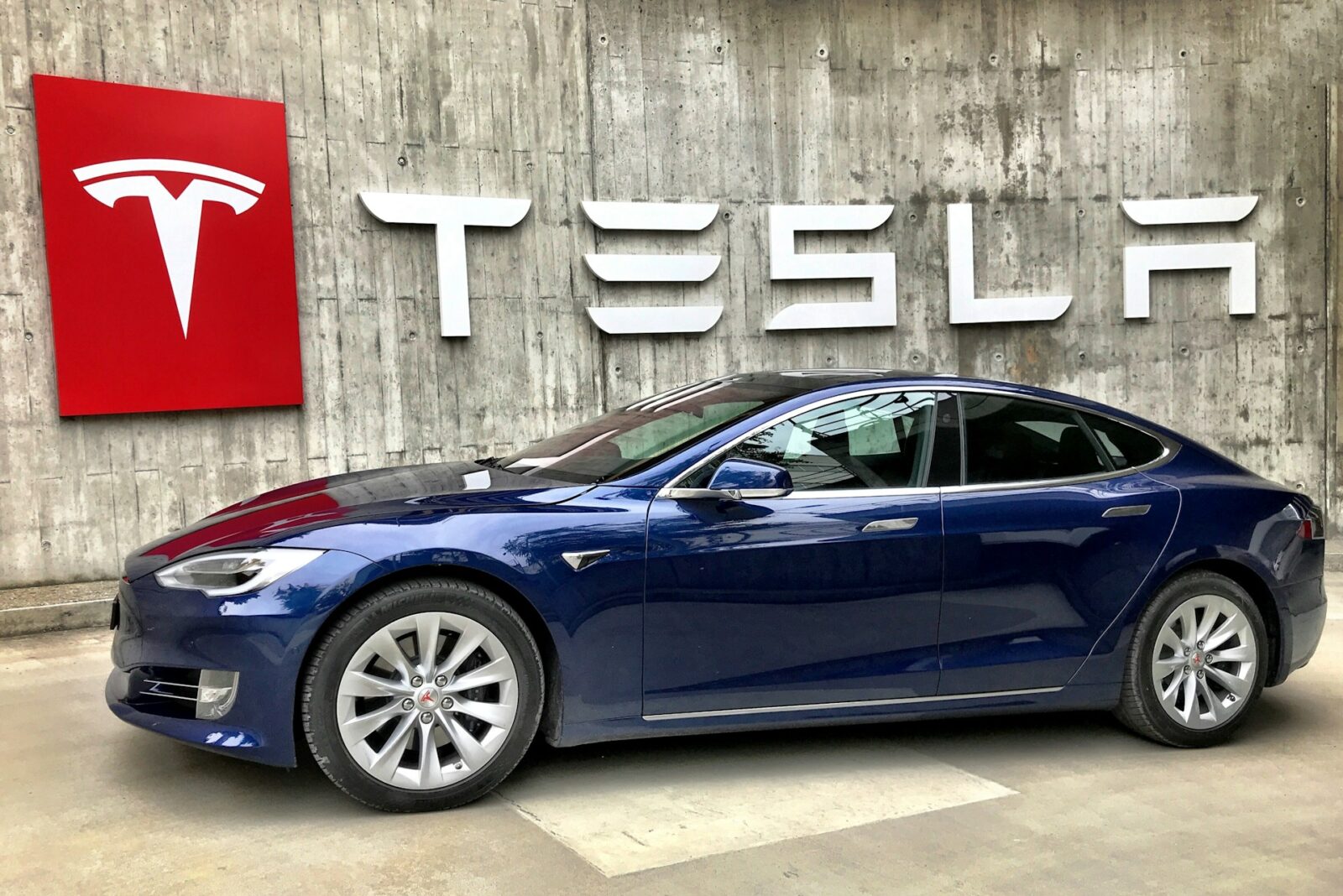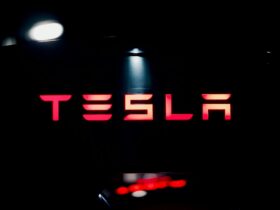Tesla’s Bold Future and Investor Buzz
Tesla Inc. (NASDAQ: TSLA) has never been short on ambitious targets, and once again, analysts are talking about the company’s potential to reshape industries beyond electric vehicles. A new analyst upgrade suggests that by 2035, Tesla’s stock could be worth between $1,400 and $3,000 per share, driven by AI innovation, robotics, energy solutions, and next-generation vehicle launches.
With Elon Musk’s new pay package tied to long-term performance milestones, Tesla isn’t just building cars — it’s laying the groundwork for a multi-trillion-dollar company. The road ahead is described as “chock-full of catalysts,” making TSLA one of the most closely watched stocks in the market.
Analyst Upgrade: Why Baird Turned Bullish
Baird analyst Ben Kallo recently upgraded Tesla stock from Neutral to Outperform, raising the price target from $320 to $548. Kallo emphasized that while Tesla’s core vehicle segment has faced headwinds, investor focus is shifting toward future growth engines such as AI, robotics, and energy.
“Investor inbounds regarding long-term initiatives lead us to believe focus has increasingly shifted to the future for TSLA,” Kallo explained.
Elon Musk’s New Pay Package: Aligned With Long-Term Growth
Central to the upgrade is Elon Musk’s new incentive package, designed to align shareholder interests with ambitious growth milestones. The package sets performance targets tied to:
- Tesla’s market capitalization
- Vehicle delivery goals
- FSD (Full Self-Driving) subscriptions
- Optimus Bot deliveries
- Robotaxis in operation
- Adjusted EBITDA milestones
If Tesla meets these benchmarks, Kallo estimates the company’s market cap could surpass $5.5 trillion by 2035.
Tesla’s Path to a $3,000 Stock Price
Based on current projections and Musk’s outlined roadmap, Tesla’s long-term valuation range is estimated at $1,400–$3,000 per share by 2035. This bullish outlook hinges on multiple revenue streams:
- Robotaxis – Widespread deployment could unlock recurring revenues similar to Uber but at higher margins.
- Optimus Bot – Tesla’s humanoid robot has potential applications in manufacturing, logistics, and consumer markets.
- Energy Business – Expansion of Tesla Solar and Powerwall could transform Tesla into a global energy provider.
- Tesla Semi & Affordable EVs – Broader adoption of electric transport in trucking and consumer vehicles.
- AI Leadership – Tesla’s AI stack positions it at the forefront of autonomous driving and robotics.
Physical AI: A Potential Inflection Point
Kallo also highlighted the concept of “physical AI”, which refers to AI applications in real-world systems like autonomous cars and robotics. Tesla is increasingly viewed not just as an automaker, but as an AI-first company with hardware and software integration that competitors struggle to match.
Musk’s $1 Billion Stock Purchase: A Confidence Signal
Elon Musk recently bought around $1 billion in Tesla stock, a move interpreted as a strong vote of confidence. Insider buying on this scale often reassures investors that leadership is aligned with shareholder interests and committed to long-term success.
Revenue Drivers Beyond Cars
While Tesla’s EVs remain its foundation, Kallo argues that the next decade of growth will come from diversification:
- Tesla Energy – Already scaling, with solar and storage products gaining traction worldwide.
- FSD Subscriptions – Recurring revenue model tied to AI advancements.
- Robotaxis – Transforming Tesla into a global mobility platform.
- Optimus Robot – A long-term moonshot with potential to redefine labor markets.
This diversification is why many analysts see Tesla evolving into a multi-sector powerhouse rather than a pure EV company.
| Category | Details |
|---|---|
| Analyst Upgrade | Baird analyst Ben Kallo upgrades Tesla from Neutral to Outperform; raises target from $320 → $548. |
| 2035 Price Forecast | Tesla stock estimated at $1,400 – $3,000 by 2035; potential market cap > $5.5 trillion if milestones achieved. |
| Key Catalysts | Robotaxis (autonomous ride-hailing) Optimus humanoid robot Expansion of Tesla Energy (solar, Powerwall) Tesla Semi & affordable EV launches Growth of FSD subscriptions |
| AI & Robotics | Tesla positioned as a leader in physical AI — applying AI in real-world systems like self-driving cars & robots. |
| Musk’s Incentives | New pay package ties Musk’s rewards to market cap, vehicle delivery, FSD, Optimus, robotaxis, and EBITDA milestones. |
| Insider Buying | Musk recently purchased $1B in Tesla stock, signaling strong confidence in long-term growth. |
| Risks | Execution challenges on AI/robotics Regulatory hurdles for autonomous driving Intensifying competition (BYD, legacy automakers, Apple) Economic uncertainty (inflation, rates, trade risks) |
| Diversification Tip | Investors encouraged to balance Tesla with other assets (real estate, fixed-income, precious metals) for long-term wealth. |
| Source: Analyst insights (Baird, 2025). Forecasts are speculative and for informational purposes only — not financial advice. | |
Investor Diversification: Building Wealth Beyond Tesla
Even with Tesla’s growth potential, diversification remains key. No single stock — not even Tesla — should dominate a long-term portfolio. Investors are exploring alternatives such as:
- Arrived Homes – Fractional real estate backed by Jeff Bezos, allowing small-scale property investing.
- Worthy Bonds – Fixed-income bonds yielding 7% annually, fully liquid and SEC-qualified.
- IRA Financial – Self-directed retirement accounts enabling exposure to alternative assets like real estate and private equity.
- Range Wealth Management – Subscription-based financial planning with AI-powered tools and fiduciary advisors.
- American Hartford Gold – Access to physical gold and silver for inflation protection and portfolio stability.
By balancing exposure across multiple asset classes, investors can reduce risk and build sustainable long-term wealth.
Risks to Tesla’s $3,000 Valuation Path
While the upside potential is massive, risks remain:
- Execution Risks – Achieving ambitious goals in robotics and AI requires flawless execution.
- Regulatory Hurdles – Governments may impose stricter rules on autonomous driving and robotics.
- Competition – Rivals like BYD, Apple (potential car project), and legacy automakers could erode Tesla’s lead.
- Economic Conditions – Inflation, interest rates, and global trade disruptions could impact demand.
Investors must weigh these risks against the transformational potential of Tesla’s innovations.
Final Thoughts: Can Tesla Really Reach $3,000 by 2035?
Tesla’s story has always been about pushing boundaries and defying expectations. With a roadmap that includes robotaxis, Optimus, renewable energy, and AI breakthroughs, analysts like Ben Kallo believe Tesla could achieve a multi-trillion-dollar valuation by 2035.
While no forecast is guaranteed, Tesla’s track record of innovation and Elon Musk’s ambitious vision give weight to the bullish case. Investors willing to hold long-term may see significant rewards, but diversification remains crucial.
The road ahead may indeed be “chock-full of catalysts” — and for Tesla, that means a future where it’s not just an automaker, but a global leader in energy, AI, and robotics.
Reference : Connie Loizos







Leave a Reply